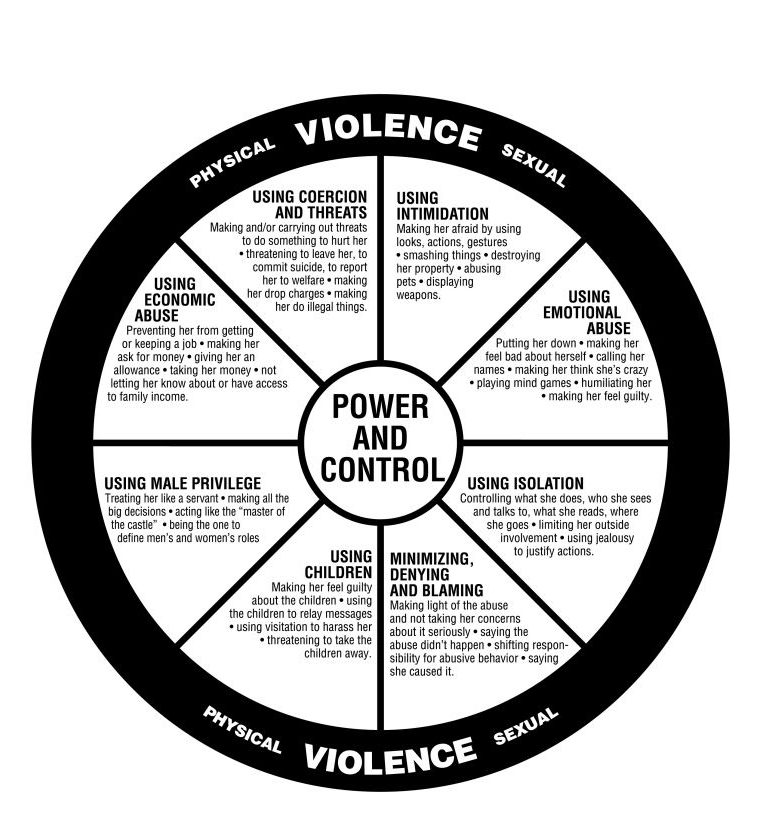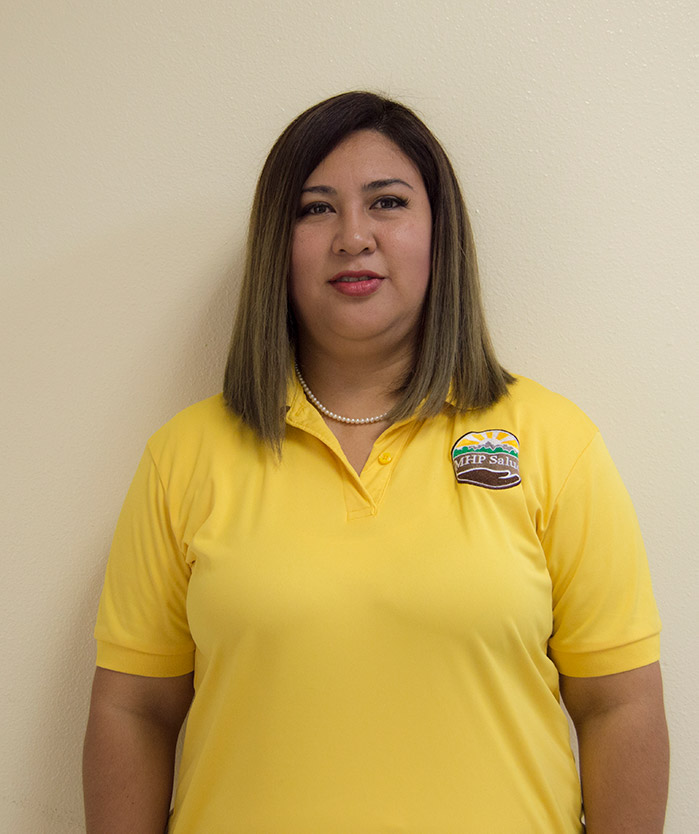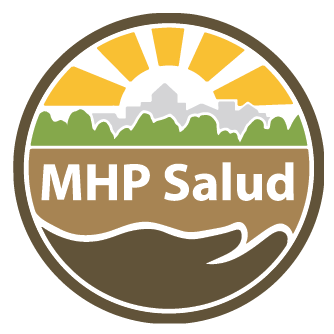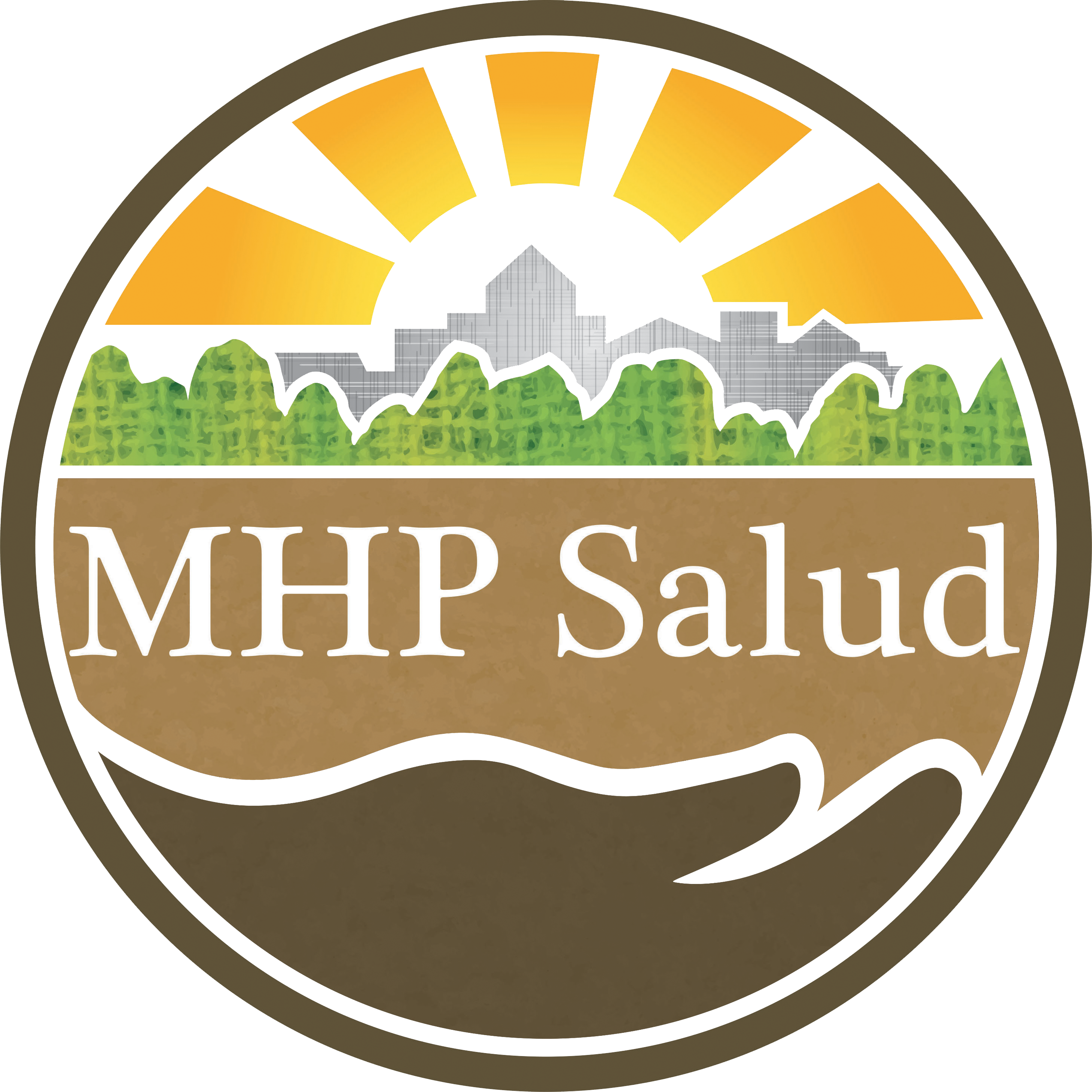La Esperanza Summer 2020 Edition
What is Domestic Violence and Sexual Assault?
Domestic violence (DV) – also called intimate partner violence (IPV), domestic abuse, or relationship abuse – is a pattern of behaviors used by one partner to maintain power and control over another partner in an intimate relationship. DV does not discriminate. Anyone of any race, age, sexual orientation, religion, or gender can be a victim or perpetrator. It can happen to people who are married, living together, or who are dating. It affects people of all socioeconomic backgrounds and education levels.
DV includes behaviors that physically harm, arouse fear, prevent a partner from doing what they wish, or force them to behave in ways they do not want. It includes the use of physical and sexual violence, threats and intimidation, emotional abuse, and economic deprivation. Many of these different forms of DV can occur at any one time within the same intimate relationship. Sexual assault (SA) is an act in which a person intentionally touches another person sexually without that person’s consent and/or coerces or physically forces a person to engage in a sexual act against their will.1 SA is a form of sexual violence, which includes rape (forced vaginal, anal, or oral penetration or drug facilitated sexual assault), groping, child sexual abuse, or the torture of an individual in a sexual manner.2
The Power and Control diagram produced by the National Center on Domestic and Sexual Violence is a tool used to understand what happens in an abusive relationship. the overall pattern of abusive and violent behaviors which are used to establish and maintain control over the victim. Often, one or more violent incidents are associated with these other types of abused depicted in the image below.
Power and Control Diagram

Retrieved from: Domestic Abuse Intervention Programs
www.theduluthmodel.org
Health Effects of Domestic Violence and Sexual Assault
The effects of violence are severe and can affect both the victim and their families’ physical and mental health. In addition to the immediate injuries from the assault, battered victims may suffer from chronic pain, gastrointestinal disorders, psychosomatic symptoms, and eating disorders. Although psychological abuse is often considered less severe than physical violence, health care providers and advocates around the world are increasingly recognizing that all forms of DV have devastating physical and emotional health effects. DV is associated with mental health problems such as anxiety, post-traumatic stress disorder, and depression. Women who are abused suffer an increased risk of unplanned or early pregnancies and sexually transmitted diseases, including HIV/AIDS. As trauma victims, they are also at an increased risk of substance abuse and suicide. According to a U.S. study, women who experience intimate partner violence are three times more likely to have gynecological problems than non-abused women.3 Violence and abuse affect not just the women involved but also their children, families, and communities. These effects include harm to an individual’s health, possible long-term harm to children, and harm to communities, such as lost work and homelessness.4 Victims of DV and SA can also be affected in other areas of their daily life, such as their inability to work, attend school, or stay in their homes due to the fear of being assaulted again, which can result in loss of jobs and financial instability.
The Role of the CHW in Working with Survivors of Domestic Violence and Sexual Assault
Abusers often isolate victims from family, friends, and resources, which makes a potentially lifesaving visit to a doctor, health clinic, emergency room or other services incredibly difficult for victims. Through their work in the community, Community Health Workers (CHWs) can reach out to victims in need of assistance and offer their services. As trusted members of the community, CHWs are in a unique position to offer resources, provide support, and educate victims of DV and/or SA. They encourage and assist victims to report abuse, receive counseling and medical attention, join support groups, and apply for benefits for themselves or their children. CHWs are also equipped to provide victims/survivors with community-based, health-related services, such as assistance with translation, case management, and advocacy. CHWs can assist individuals that may not have access to information and resources either because they live in rural area, their immigration status, language barriers, lack of transportation, and/or knowledge of services. Community Health Workers can provide referrals to local organizations that can assist victims with legal representation.
An example at work is El Arte de Sobrevivir (The Art of Surviving), a program based out of South Texas that promotes healthy relationships through education provided by CHWs. The program’s primary focus is on providing support for low-income, Spanish-speaking Latinas and aims to eliminate gaps in services for survivors of DV and SA through outreach, referrals for services, and art-based support groups.5 In Latino communities, DV and SA within a relationship is a topic not frequently discussed.
While it is a common tactic for an abuser to isolate the victim, the victim’s isolation in the Latino community may be intensified by a language barrier. Lack of English proficiency can result in limited awareness of resources available to help victims leave their abusive relationship. A limited knowledge of English can also pose a barrier if the victim does not fully understand exactly what the support services entail and how to access them. It is important to note that community outreach and education for Spanish-speaking victims of DV and/or SA is often non-existent. Few materials are created specifically for Latinas or translated into Spanish, making the language barrier much more real and difficult to overcome.6
-
- Abuse Defined. (n.d.). Retrieved from https://www.thehotline.org/is-this-abuse/abuse-defined/
- Sexual Assault. (n.d.). Retrieved from https://www.rainn.org/articles/sexual-assault
- Health Effects of Domestic Violence. (n.d.). Retrieved from http://www.stopvaw.org/health_effects_of_domestic_violence
- Health effects of violence. (2019, January 30). Retrieved from https://www.womenshealth.gov/relationships-and-safety/effects-violence-against-women
- El Arte de Sobrevivir: CHW Domestic Violence Prevention. (n.d.). Retrieved from https://mhpsalud.org/el-arte-de-sobrevivir
- Barcaglioni, J. (n.d.). Domestic Violence in the Hispanic Community. Retrieved from https://www.safeharborsc.org/blog/safe-harbor-voice/domestic-violence-in-the-hispanic-community
Community Health Worker Testimonial
Lorena Ramirez is a CHW at MHP Salud in the state of Texas. Lorena has 5 years of CHW experience and has been working in the Voces Unidas program for the past three years, which focuses on DV and SA.
Lorena meets potential participants through community outreach, health fairs, and referrals from community leaders, past participants, and other organizations with the purpose of forming support groups for victims of DV. The program consists of eight sessions. Each session contains a different topic, reflections, and an activity related to the session. “Each activity has a purpose to heal and empower participants.” The program focuses on women over 18 years of age, direct victims or secondary victims of DV, SA and/or stalking.
“I am like them; I am part of the community. I identify with my participants and they feel a bond of trust with me. I am empathetic with them, I listen to them, I look them in the eye, and I take my time with each one. Each case is different and requires different resources. We are bearers of good news and look for resources that they really need “

Lorena explains that the most common barriers in the community in which she serves are the fear of losing economic stability, fear of losing custody of their children related to immigration status, and fear of being affected by the public charge law. Some women with advanced age feel their age affects the possibility of starting over. She has also observed other barriers within the community. Some participants’ significant others/spouses often do not want them to attend the education sessions, and some women do not identify as victims and see their situation as normal. Participants also fear the language barrier and sometimes distrust local resources.
“As a CHW, I am able to bridge the gap between the community and provide helpful resources applicable to each individual case. I am very pleased that my participants achieve their goals, achieve their dreams, and learn to value themselves.”
Lorena Ramirez , Community Health Worker
Dinámica
A dinámica is an activity or game with a specific purpose, such as to: get to know one another, learn new information, review what was learned, brainstorm new ideas or just get a group moving!
Resources: Chairs and list of statements Duration: approximately 20 minutes
Instructions
- (Previous preparation) Make a list of statements that are related to the group or topic of the training. Each statement should start with the words “I think”.
- Allow time to get chairs organized into a circle and invite participants to please sit down.
- Read the list of statements one by one. After reading each statement, ask everyone who agrees with the statement to stand up. Wait a few seconds and then ask everyone to sit down.
- At the end of the session, ask if anyone feels differently about the topic now than they did at the beginning of the session.
- Provide topic-related information to lead the group discussion.
This Dinámica is meant to get participants energized and thinking about the topic for the session that day. It can also be used at the end of the session to review what was learned and discussed. It is common for participants to change whether they agree or disagree with a statement after they have learned more about the topic.
Implementation Example:
Sit or Stand Dinámica for Domestic Violence/Sexual Assault Session
Moderator:
First, everyone please sit in a circle.
Next, I am going to read a list of statements. After I read each statement, if you agree with the statement, stand up, if you do not, stay seated. It is okay if you do not know the answer, these are all topics that we are going to discuss today. After every statement please sit down again and wait for the next statement to be read out loud.
Example Statements:
- Domestic Violence only occurs within married couples?
- Domestic Violence only affects women?
- Domestic Violence does not have secondary victims?
- Stalking is not a form of abuse?
(After the activity is complete, ask the following:) Does anyone feel differently about the topic now than they did at the beginning of the session? Are there any questions before we start learning more about this topic? (Open and lead discussion) let us talk more about domestic violence.
Resources
The National Domestic Violence Hotline provides resources to state coalitions and national organizations addressing domestic violence. To access this list, please visit here.
The National Coalition Against Domestic Violence (NCADV) offers a comprehensive list of domestic violence resources for those working with victims and survivors of domestic violence. To access this list, please visit here.
Is your organization interested in starting or strengthening a CHW program? Click here to see how we can help you.
HRSA Disclaimer
This program is supported by the Health Resources and Services Administration (HRSA) of the U.S. Department of Health and Human Services (HHS) as part of an award totaling $617,235 with 0 percent financed with non-governmental sources. The contents are those of the author(s) and do not necessarily represent the official views of, nor an endorsement, by HRSA, HHS, or the U.S. Government. For more information, please visit HRSA.gov.
MHP Salud Disclaimer
All content found in MHP Salud materials, including websites, printed materials, photos, graphics or electronic content, unless otherwise cited, credited or referenced, were created by MHP Salud and are the organization’s intellectual property. As such, they are not to be used without the permission of MHP Salud and, if permission is granted, is to be cited appropriately with name and/or logo as designated by the permission granted by MHP Salud in addition to any other condition listed in permission.


